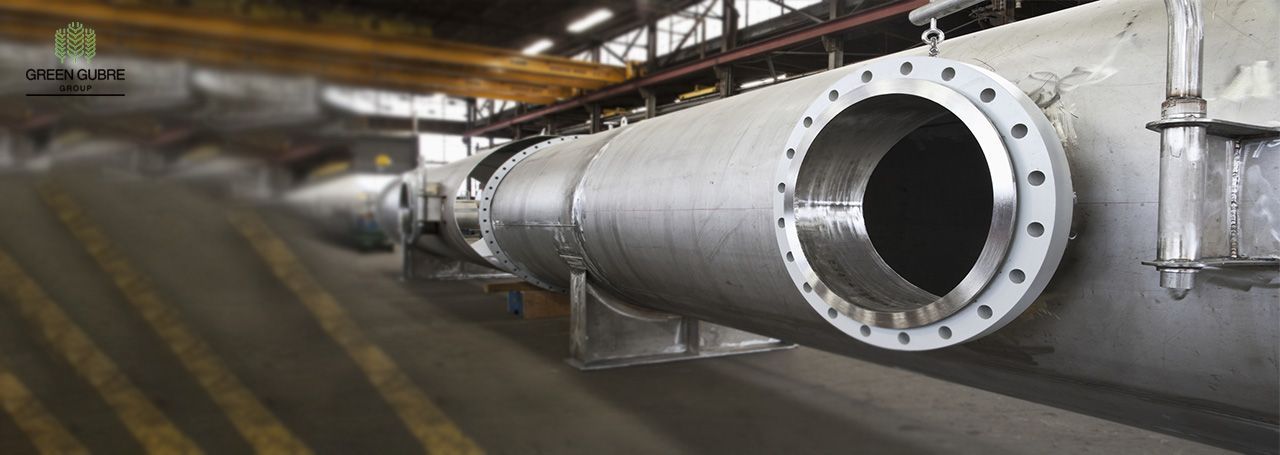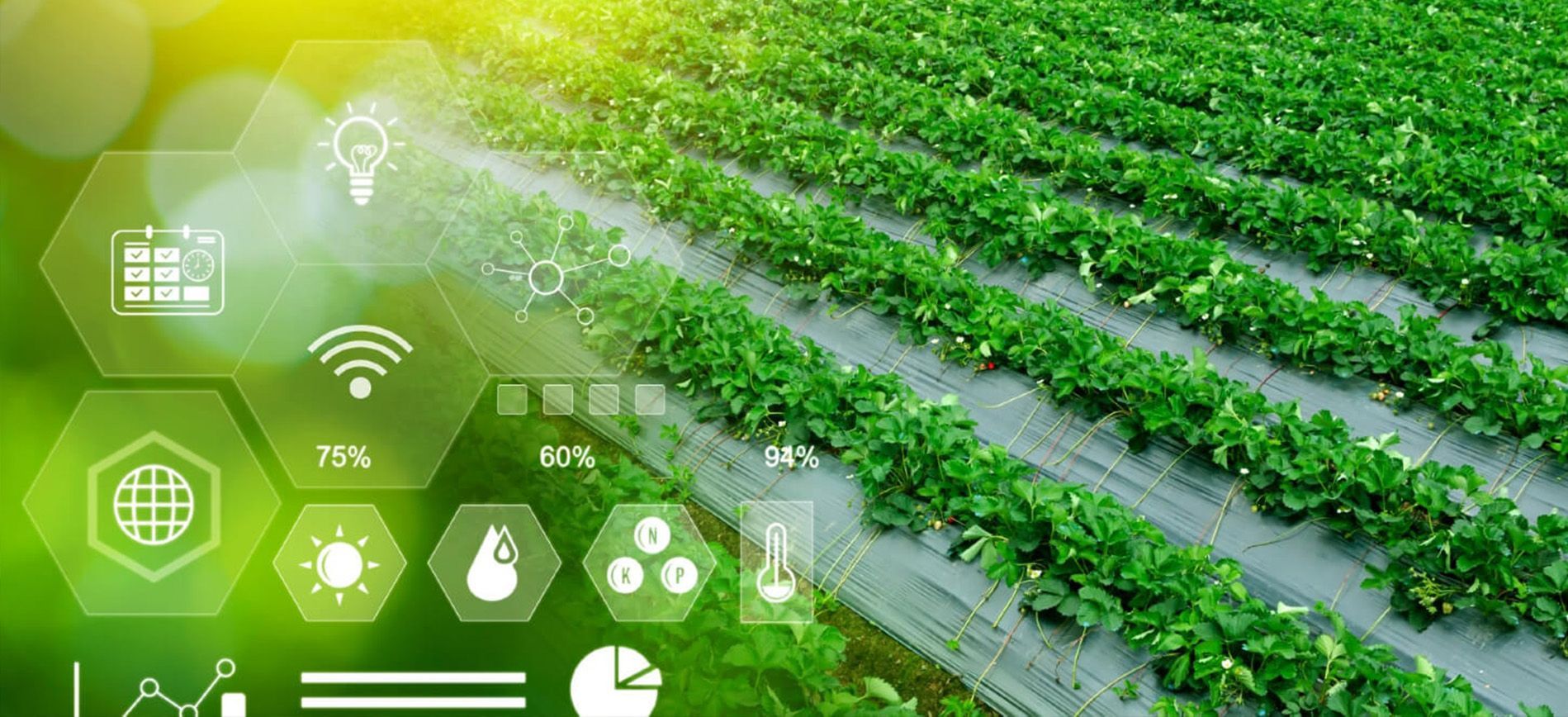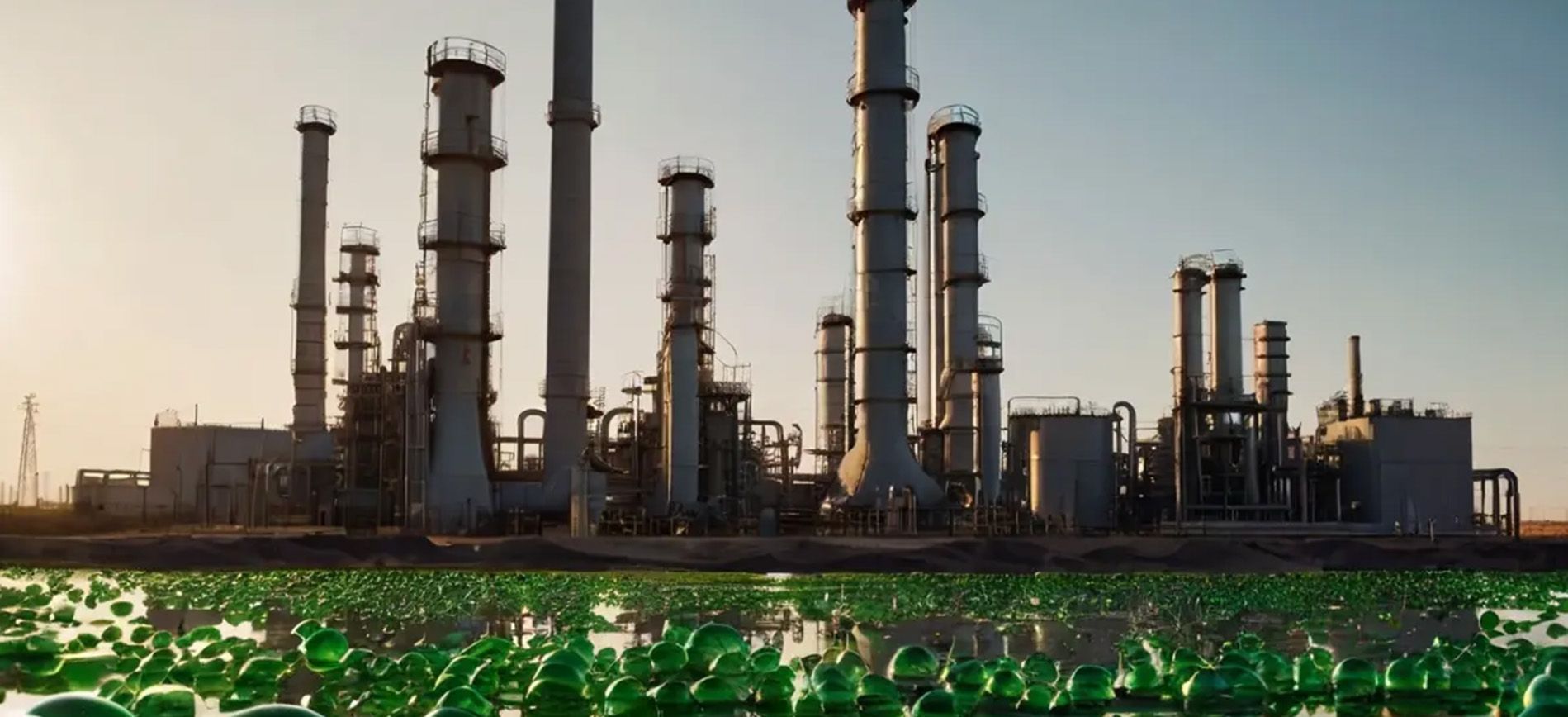The Role of Galvanized Steel in Modern Construction
The Role of Galvanized Steel in Modern Construction

Galvanized steel has become an indispensable material in modern construction, known for its superior durability and resistance to corrosion. By applying a protective zinc coating to steel, galvanized steel offers long-lasting protection against rust and corrosion, making it ideal for outdoor and industrial applications. This blog explores the benefits, uses, and impact of galvanized steel in construction and infrastructure development.
What is Galvanized Steel?
Galvanized steel is steel that has been coated with a layer of zinc through a process called galvanization. The zinc coating acts as a barrier to protect the steel from environmental elements such as moisture, oxygen, and pollutants that lead to rusting. There are two main methods of galvanization: hot-dip galvanization and electro-galvanization. Both processes ensure the steel is well-protected against corrosion, extending its lifespan and reducing maintenance costs.
Key Benefits of
Galvanized Steel:
1. Corrosion Resistance:
One of the most significant advantages of galvanized steel is its resistance to rust and corrosion. The zinc coating prevents moisture and oxygen from reaching the steel underneath, making galvanized steel an excellent choice for outdoor structures exposed to harsh weather conditions.
2. Cost-Effective Protection:
Galvanized steel offers long-term protection at a relatively low cost. Compared to other corrosion-resistant materials or coatings, galvanizing is a more affordable method of extending the lifespan of steel structures without the need for frequent maintenance or replacement.
3. Durability:
Galvanized steel is extremely durable and can withstand exposure to extreme temperatures, chemicals, and environmental conditions. Its robustness makes it suitable for use in environments where other materials might fail.
4. Low Maintenance:
Structures made from galvanized steel require minimal maintenance. The zinc coating provides long-lasting protection, reducing the need for costly repairs, repainting, or rust removal treatments over the years.
5. Eco-Friendly and Sustainable:
Galvanized steel is 100% recyclable and contributes to sustainable building practices. The durability of galvanized steel reduces the need for frequent replacements, minimizing waste and conserving natural resources.
Applications of
Galvanized Steel in Modern Construction:
1. Building Frameworks and Structural Components:
Galvanized steel is widely used in the construction of building frameworks, beams, columns, and other structural components. Its strength and corrosion resistance make it an ideal choice for buildings that need to withstand heavy loads and exposure to the elements.
2. Roofing and Cladding:
The durability and rust-resistant properties of galvanized steel make it a popular material for roofing and cladding. It provides a protective barrier against rain, snow, and UV rays, ensuring that roofs and walls remain in good condition for years.
3. Bridges and Infrastructure Projects:
Galvanized steel is commonly used in bridges, highways, and other infrastructure projects where long-term durability is essential. The zinc coating prevents rust and ensures that these structures remain safe and stable even after years of exposure to outdoor conditions.
4. Fencing and Gates:
Galvanized steel fencing and gates are often used for residential, commercial, and industrial properties. The corrosion-resistant nature of galvanized steel ensures that these structures maintain their appearance and functionality, even when exposed to moisture and chemicals.
5. Outdoor Furniture and Fixtures:
From park benches to street lamps, galvanized steel is frequently used in outdoor furniture and public fixtures. Its resistance to corrosion and wear makes it an ideal material for items that need to endure constant exposure to the weather and daily use.
6. HVAC Systems and Ductwork:
In HVAC systems, galvanized steel is often used for ductwork due to its ability to resist corrosion and ensure the efficient operation of heating and cooling systems. The zinc coating prevents rust from forming, which could otherwise hinder airflow and compromise the performance of HVAC systems.
Environmental and Economic Impact of
Galvanized Steel:
1. Sustainability in Construction:
The recyclability of galvanized steel plays a significant role in promoting sustainable construction practices. By using a material that can be repurposed at the end of its lifecycle, builders reduce the demand for new raw materials and decrease construction waste.
2. Cost Savings Over Time:
Although galvanized steel may come with a higher upfront cost compared to untreated steel, it offers substantial long-term savings. The reduced need for maintenance, repairs, and replacements means that galvanized steel structures are more cost-effective over their lifespan.
3. Energy Efficiency in Production:
The galvanization process has become more energy-efficient in recent years, with modern technologies reducing the environmental impact of coating steel with zinc. Additionally, the durability of galvanized steel helps conserve energy by minimizing the need for frequent manufacturing of replacement parts.
Challenges and Considerations:
1. Initial Cost:
While galvanized steel is cost-effective over the long term, its initial cost can be higher than that of untreated steel. Builders must consider the balance between upfront expenses and long-term savings when choosing galvanized steel for construction projects.
2. Galvanizing Process Considerations:
The galvanizing process must be carefully controlled to ensure even coating and proper protection. Variations in coating thickness can affect the durability and performance of galvanized steel in harsh environments.
The Future of
Galvanized Steel in Construction:
As the construction industry moves toward more sustainable and durable materials, the demand for galvanized steel is expected to grow. With advances in galvanizing technology and an increased focus on reducing the environmental impact of building materials, galvanized steel will continue to be a key player in construction projects around the world.
1. Technological Innovations:
New developments in galvanization processes are improving the efficiency and quality of the zinc coating, ensuring even longer-lasting protection for steel products. These innovations will make galvanized steel even more attractive for large-scale infrastructure and building projects.
2. Increased Use in Green Building:
As green building certifications such as LEED (Leadership in Energy and Environmental Design) gain traction, galvanized steel’s recyclability and durability make it a favored choice for eco-conscious builders.
3. Global Infrastructure Expansion:
With rapid urbanization and infrastructure development happening globally, galvanized steel is poised to play an even bigger role in the construction of bridges, roads, railways, and buildings that require long-term, reliable performance.
Conclusion:
Galvanized steel is a cornerstone material in modern construction, offering unmatched durability, corrosion resistance, and sustainability. Its applications span a wide range of sectors, from building frameworks to public infrastructure, making it an essential material for projects that require long-lasting performance. As the demand for eco-friendly and cost-effective construction materials grows, galvanized steel will continue to play a pivotal role in shaping the future of infrastructure and sustainable building practices.




